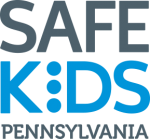
Sports & Play SAFETY
Bike & Wheeled Sports
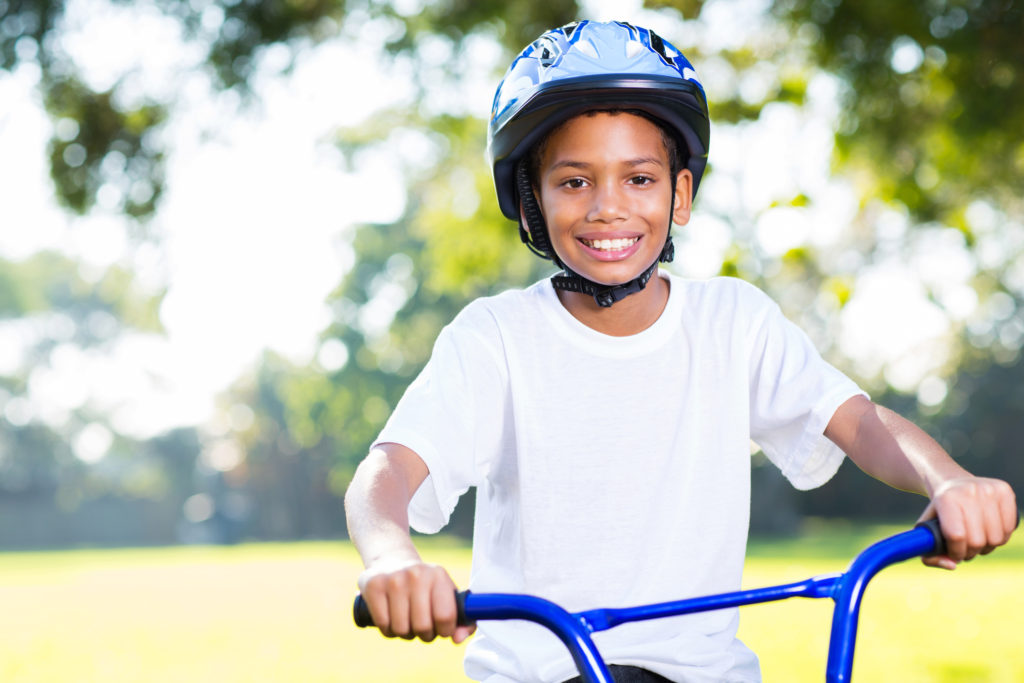 Wheeled Sports tends to focus primarily on bicycles and bike safety, but it also includes items like skateboards, scooters, and skates. So while biking may be the most popular wheeled sport, this section also includes resources and tips for other kinds of wheels below.
Wheeled Sports tends to focus primarily on bicycles and bike safety, but it also includes items like skateboards, scooters, and skates. So while biking may be the most popular wheeled sport, this section also includes resources and tips for other kinds of wheels below.
Bicycle Safety
Riding a bicycle is a great form of exercise and transportation. However, children (5-14 years) and adolescents (15-19 years) have the highest rates of nonfatal bicycle-related injuries, accounting for more than one-third of all bicycle-related injuries seen in U.S. emergency departments.
Bicyclists are particularly vulnerable and have a higher risk of suffering crash-related injuries or death than those involved in motor vehicle crashes. No matter the season, it is always good to remember safe riding tips.
Safety Tips
- Do a Basic Bike Check (ABC Quick Check) before riding.
- Air in tires
- Brakes are working
- Cranks and chain
- Quick release levers closed
- Check over the entire bike
- Wear a properly fitted bicycle helmet every time, meaning that the helmet is of accurate size, has straps buckled, and is correctly adjusted on the head.
- A helmet is the single most effective way to prevent head injury from a bicycle crash.
- Properly fitted helmets can reduce the risk of head injuries by at least 45% -yet less than half of children ages 14 and under usually wear a bike helmet.
- Children should start wearing helmets when they are toddlers so they develop the habit of wearing a helmet every time they are on wheeled equipment.
- Anyone under the age of 12 must wear a helmet when riding a bicycle by law. This applies to anyone operating the bicycle, riding as a passenger, or riding in an attached restraining seat or trailer. The Pennsylvania Department of Transportation strongly recommends that all bicyclists wear helmets whenever they ride.
- Adjust the bicycle to fit the rider.
- When standing over the bike, there should be 1-2 inches between you and the top bar if using a road bike, and 3-4 inches if using a mountain bike.
- The seat height should be adjusted to allow a slight bend at the knee when the leg is fully extended.
- The handlebar height should be at the same level with the seat.
- Control your bicycle and avoid distractions.
- Always ride with at least one hand on the handlebars. Carry books and other items in a bicycle carrier or backpack.
- When riding you should turn off any electronic devices and avoid using any form of headphones.
- Wear neon, fluorescent, or other bright colors when riding (wearing white has not been shown to make you more visible). Also wear something that reflects light, or have flashing lights on the bike so that drivers can see you.
- Avoid riding at night.
- At night, a front light and rear reflector are required.
- Watch for and avoid road hazards, including potholes, broken glass, gravel, puddles, leaves, parked cars, and other similar hazards that could cause a crash.
- Follow the rules of the road and be predictable while biking.
- Pennsylvania’s Vehicle Code considers “pedalcycles” as vehicles and provides that every person riding a pedalcycle upon a roadway shall be granted all of the rights and responsibilities applicable to a driver of a vehicle, with certain exceptions.
- This means that bicyclists must ride with the flow of traffic, obey stop signs and traffic lights, yield to pedestrians on sidewalks and/or crosswalks, and obey other relevant traffic laws.
Other Wheeled Sports Safety
Skateboarding is a popular recreational activity among children and teenagers. Although it is a fun and exciting activity, skateboarding carries with it a serious risk for injury. Approximately 70,000 injuries requiring a visit to the emergency department occur every year.
Scooters, both manual and electric, are a popular way for kids of all ages to be active and get around. However, scooters can be dangerous when ridden around traffic or at a fast speed. In 2017, more than 81,000 visits were made to hospital emergency rooms for injuries related to scooters, according to the National Electronic Injury Surveillance System (NEISS). Common injuries include cuts, sprains, and fractures of the wrist and elbow. The most serious scooter-related injuries can damage the head.
Safety Tips
- No matter what wheeled sport, helmets should always be worn!
- Different sports have different helmet safety standards. So be sure that you are using the correct type of helmet for the sport you (or children) are playing.
- For skating and skateboarding, properly fitting knee pads, elbow pads and wrist guards should be worn. When using scooters, wear properly fitting knee pads and elbow pads.
- Make sure that the child has enough coordination and strength to safely play with these items.
- Skateboards and scooters have height and weight restrictions, and there are different types of equipment for different types of play. Make sure the material being used is appropriate for the rider and the style of play.
- Skate or ride on smooth, dry surfaces located in a well-lit area away from traffic.
- Teach children to check skates and scooters for problems before each use. If there are any cracked, loose or broken parts, the item should not be used until it is repaired.
- Teach children to minimize the impact of a fall by crouching down as they lose balance to reduce the distance to the surface.
- Supervise children of all ages closely the first few times they ride or skate. Younger children who ride should be supervised at all times.
- Do not use homemade skateboard ramps.
- Do not skateboard in wet weather, in crowded areas, or when it is dark out.
- Never hold onto the side or back end of a moving vehicle while riding on skates or a skateboard (called “skitching”) as this has high risk for very serious injury.
Learn More
Bike Safety Tips (English)(Spanish)
Helmet Fit Test Guide (English)(Spanish)
Which Helmet for Which Activity?
Walking and Biking to School: How to Keep Kids Safe
Pennsylvania Department of Transportation on Bicycle Safety
National Highway Traffic Safety Administration on Bicycle Safety
Bicyclist and Pedestrian Safety Factsheet
Bikeability Checklist (English) (Spanish)
Tools to Advocate Locally for Safe Places to Walk and Bike



